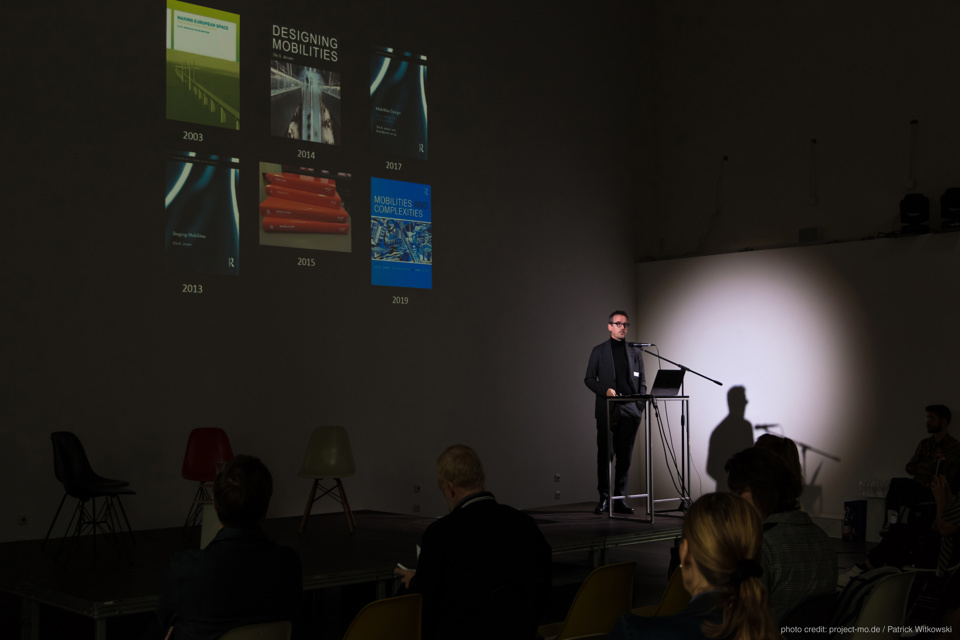Perhaps that network was one of the reasons why – after having taught at Hjørring Pædagogseminarium for a year and a half – he received a request to apply for a PhD position in planning. At a completely different department – and faculty – than where he had earned his Master's degree.
− I had developed relationships there that let them know that here was a nerd who might be interesting, he says.
He returned to university and today, 25 years later, he is still employed at AAU.
On land, in the air and underground
Ole B. Jensen’s research is on urban development and urban mobility, i.e. all types of transport systems and places for pedestrians, cyclists, motorists, etc. His goal is to understand the framework of everyday life as it happens while people are on the move.
− A hundred years ago, for example, you didn’t live in Hjørring and work in Aalborg (Ed.: distance of 60 km), unless you had a boss who could accept that you wouldn’t arrive for three days. So the way our cities, our urban communities and our world develop is a function of mobility, he explains.
His research is both on the purely functional, like how quickly you can get there, and on how mobility affects our world and our way of experiencing the world.
− I find it fascinating to try to understand the framework that results from planning, technology development, design – and of course politics. And how these factors in turn create the framework for what can be done.
Ole B. Jensen is completing a research project in 2021 where looks at Copenhagen Airport as a gateway to a global space where we move around. In the past he has worked more underground, you might say, namely with the metro in Copenhagen.

